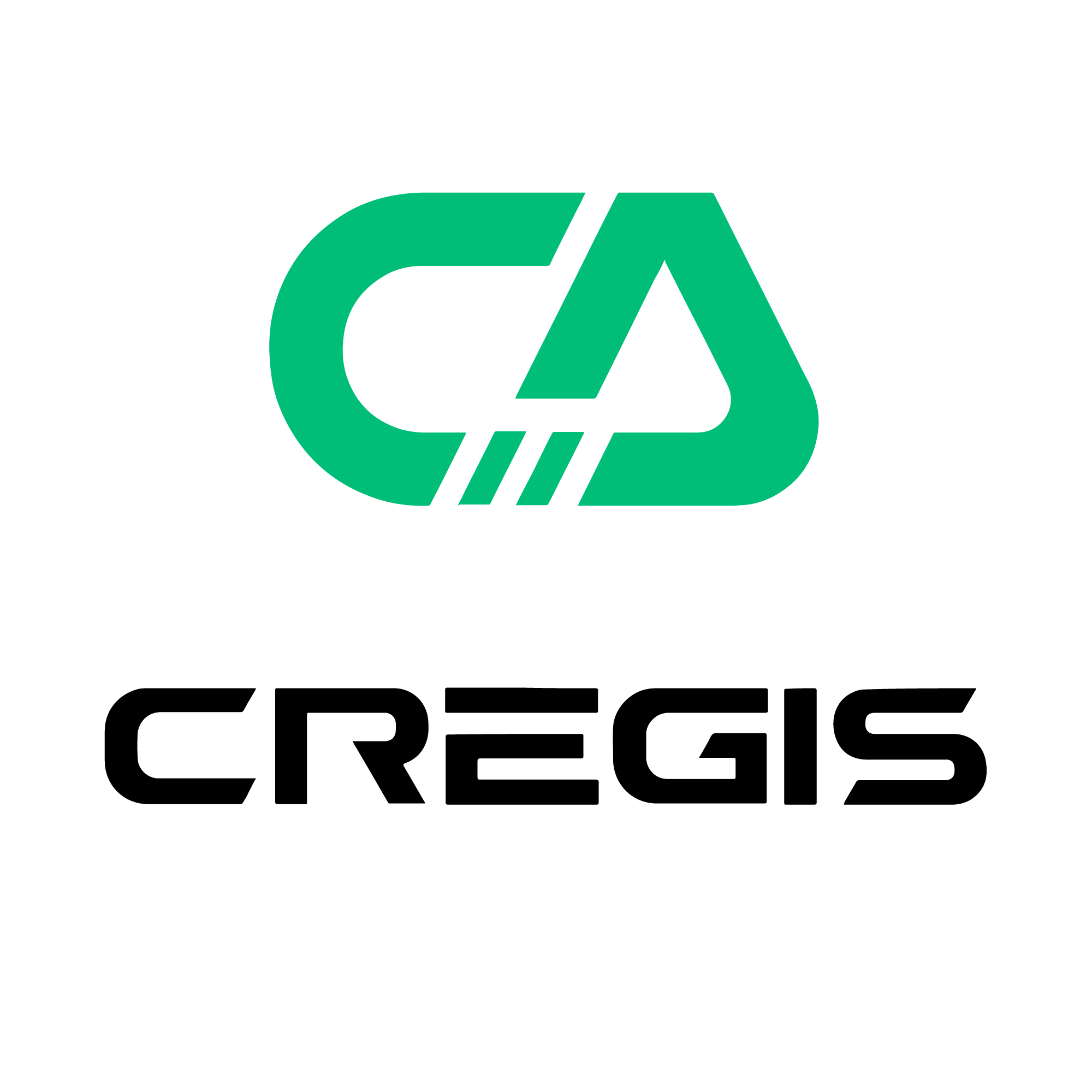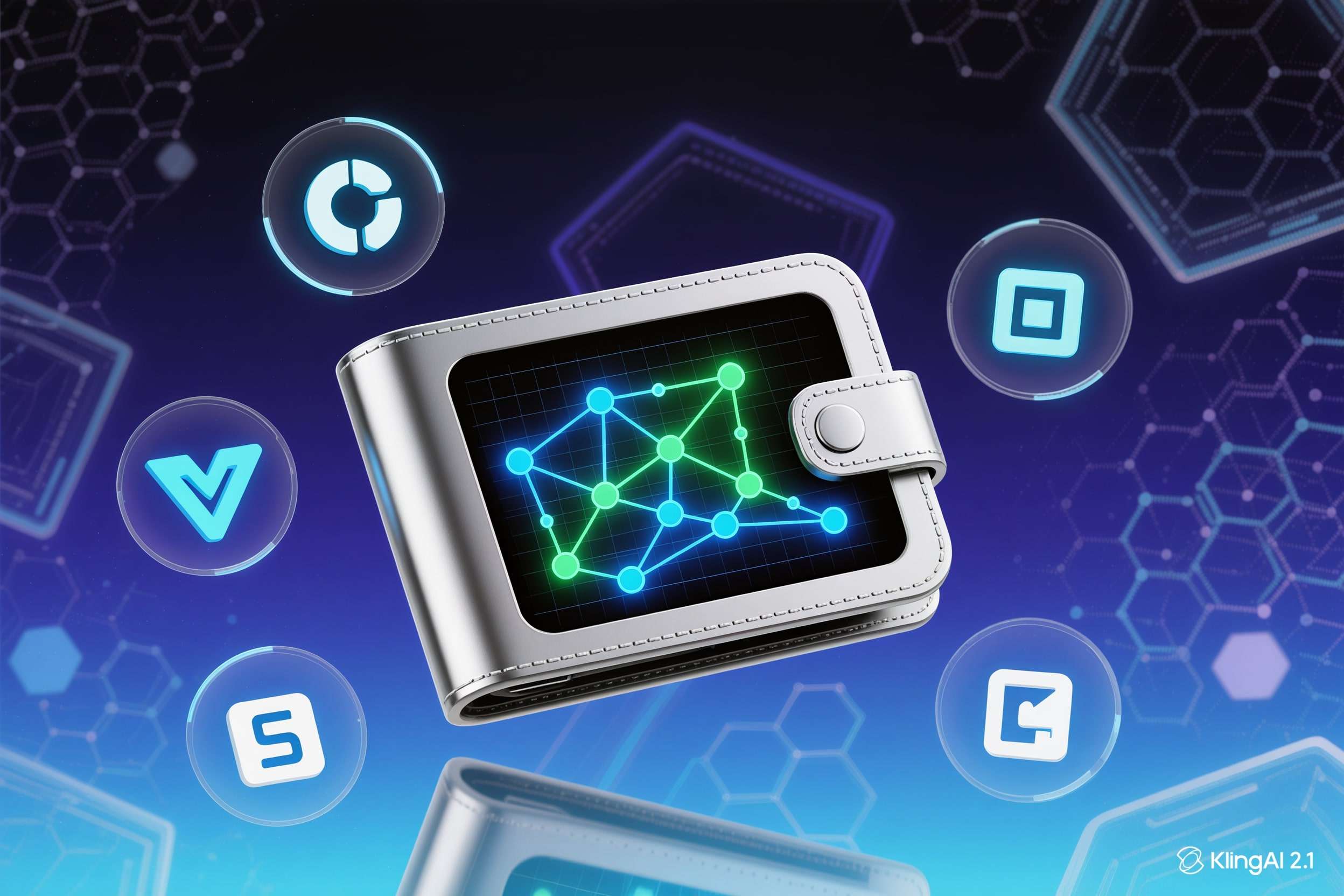Key Takeaways
- Learn the differences between custody models: self-custody, sub-custody, and hybrid approaches.
- Understand the roles of custody technology providers, subcustodians, businesses, and end-users.
- Explore three critical assessment pillars: identity of custodian, operational resiliency, and counterparty risk.
- Discover how different wallet types suit varying business use cases—from fintechs to financial institutions.
Introduction: Why Custody Model Choice Matters
As digital assets become a core part of financial and enterprise infrastructure, businesses must choose wallet solutions and service providers that align with their risk tolerance, compliance requirements, and long-term strategy.
Whether you're a fintech startup, a Web3 platform, or a traditional financial institution, understanding custody models and the service providers behind them is essential to maintaining asset control and reducing risk exposure.
This guide offers a foundational framework to help business leaders navigate wallet architecture, evaluate custody models, and select reliable wallet service providers.
Understanding the Wallet Ecosystem: Key Roles and Terminology
Digital asset wallet infrastructure often involves multiple parties, each with distinct responsibilities. Here’s a breakdown of the key terms:
- Custody Technology Service Provider: Offers software or technology to create, manage, and secure wallets, without necessarily holding assets. Example: Fireblocks
- Subcustodian: Holds and controls assets on behalf of the business or its users. Often requires licensing and assumes custody responsibilities.
- Business: Contracts with a custody technology provider or subcustodian to operate digital wallets for treasury management or retail services.
- End-User: The business's customer. Usually doesn’t have a direct relationship with the wallet provider.
Key Distinction:
- In a self-custodial setup, the business retains control over wallet keys.
- In a subcustodial model, control rests with the wallet provider.
Wallet and Custody Models Explained
There are three main types of custody setups:
| Custody Model | Wallet Control | Best For |
| Self-Custody | Business | Enterprises wanting full control |
| Sub-Custody | Service Provider | Institutions seeking turnkey solutions |
| Hybrid (Co-Custody) | Shared between parties | Fintechs balancing control and convenience |
Wallet Use Cases by Market Segment
Different businesses require different wallet architectures. Here’s how wallet types align with common use cases:
- Fintechs & Wallet Apps: Favor hybrid custody for balance between security and user experience.
- Exchanges & Trading Platforms: Often adopt self-custody with infrastructure providers to retain full control over funds.
- Traditional Banks & Institutions: Prefer subcustody or regulated third-party custodians due to compliance requirements.
How to Evaluate Wallet Service Providers: 3 Key Factors
To make informed decisions, businesses should assess wallet providers across these three critical areas:
1. Custodian Identity & Legal Risk Exposure
Why It Matters:
Knowing who holds the private keys—or has the authority to move assets—is crucial. Unlicensed control of third-party assets could expose your business to regulatory violations and reputational harm.
Risks of Not Knowing:
- Violation of licensing laws
- Misalignment of risk responsibility
- Unidentified counterparty exposure
What to Ask:
- Who holds the controlling key material?
- Is the custodian licensed in your jurisdiction?
- Are key responsibilities clearly defined in contracts?
2. Operational Resiliency & Cybersecurity
Why It Matters:
The wallet provider’s ability to operate securely under stress—whether cyberattacks or outages—directly impacts your access to funds and customer experience.
Risks of Weak Resiliency:
- Asset lockouts during outages
- Exploits from insider threats or hackers
- System-wide operational disruptions
What to Ask:
- Does the provider have independent certifications (e.g., ISO, SOC)?
- Are operational controls audited regularly?
- What recovery mechanisms are in place for key loss or service failure?
3. Counterparty Risk, Continuity & Asset Recovery
Why It Matters:
From insolvency to technical failures, businesses need assurance that assets can be recovered in extreme situations.
Risks from Real-World Cases:
- FTX: Custody confusion led to massive user losses.
- Celsius: Lawful insolvency delayed or denied asset recovery.
- Hacks: Weak wallet systems increase theft risk.
What to Ask:
- Does the provider offer credible asset transfer and recovery plans?
- Are controls in place to prevent misappropriation?
- Is there a tested business continuity plan in place?
Conclusion: Choosing the Right Custody Path
Selecting a digital asset wallet solution is not just about functionality—it’s about trust, control, and risk management. Whether you’re leaning toward a self-custodial MPC wallet or a subcustodial provider, be sure to evaluate:
- Who holds the keys
- How well they mitigate operational risk
- What happens in case of disaster
At Cregis, we help businesses design secure, scalable wallet strategies across the custody spectrum—from MPC self-custody to cloud-based subcustody solutions. Our architecture puts security and compliance at the center of your wallet infrastructure.
About Cregis
Founded in 2017, Cregis is a global leader in enterprise-grade digital asset infrastructure, providing secure, scalable and efficient management solutions for institutional clients.
Built to solve the challenges of fragmented blockchain systems and asset security risks, Cregis delivers MPC-based self-custody wallets, WaaS solutions, and Payment Engine, featuring collaborative asset control and a compliance-ready ecosystem.
To date, Cregis has served over 3,500 institutional clients globally. Our solutions empower exchanges, fintech platforms, and Web3 enterprises to adopt blockchain technology with confidence. Backed by years of proven expertise in blockchain and security, Cregis helps businesses accelerate their Web3 transformation and unlock global digital asset opportunities.

